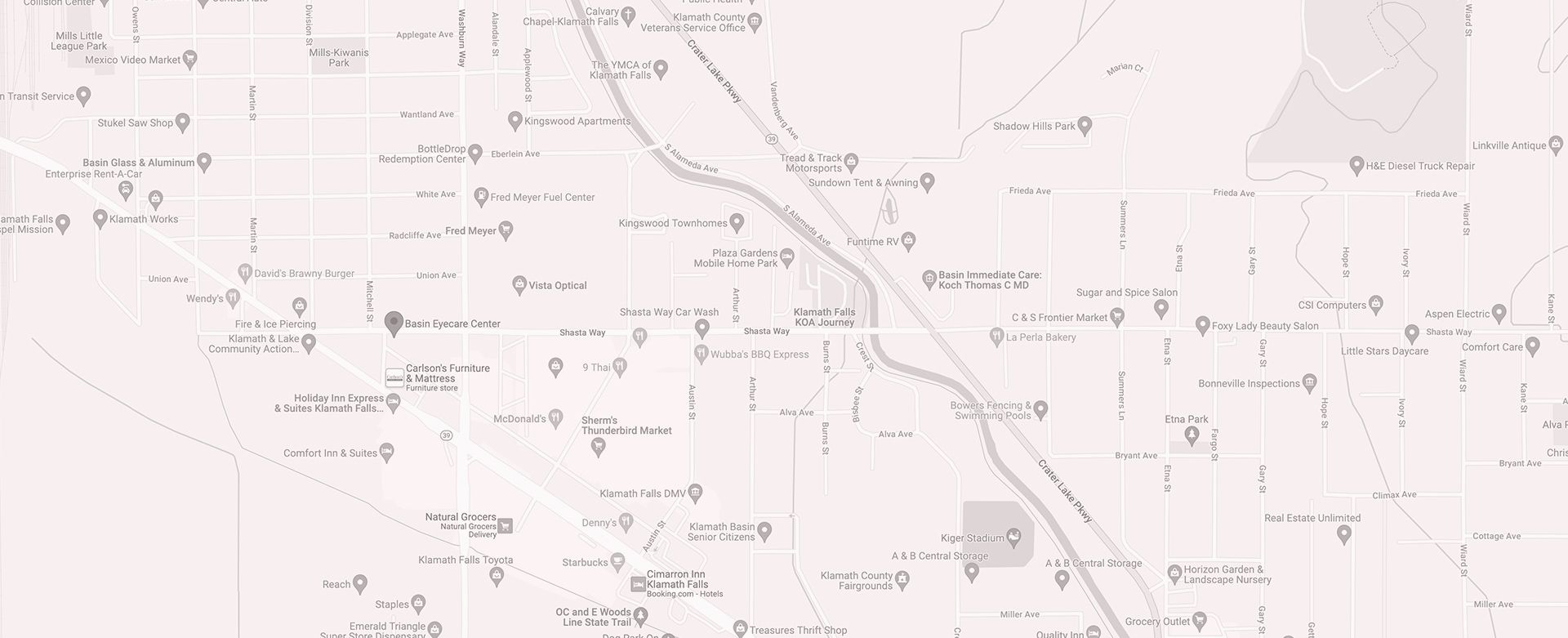
Our Services

Our Services

Our Services

Our Services

Contact Info
Hours
- Monday 8:00am - 5:00pm
- Tuesday 8:00am - 5:00pm
- Wednesday 9:00am - 5:00pm
- Thursday 8:00am - 5:00pm
- Friday 8:00am - 12:00pm
- Saturday Closed
- Sunday Closed
© 2025 Basin EyeCare Center. All rights Reserved | Accessibility Statement| Privacy Policy |Terms of Services| Sitemap
Powered by:



